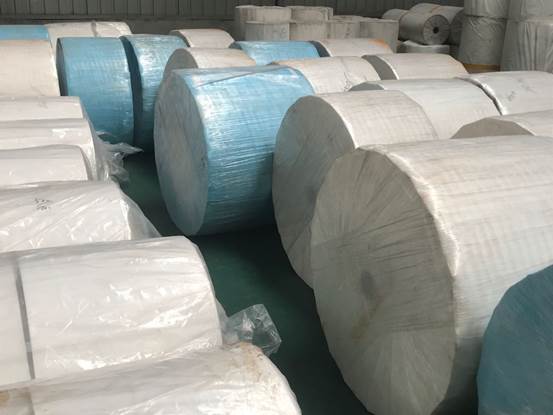ኅዳር . 11, 2024 02:27 Back to list
Understanding HEPA Paper Standards and CE Certification Process for Air Quality Products
HEPA Filter Certification Ensuring Air Quality Through CE Standards
In today's world, where air quality has become a significant concern, especially in urban areas, the importance of effective air filtration systems cannot be overstated. High-Efficiency Particulate Air (HEPA) filters are renowned for their ability to trap fine particles and contaminants from the air, contributing to healthier living environments. However, not all HEPA filters are created equal. Therefore, understanding the certification processes, particularly the CE certification in Europe, is essential for both manufacturers and consumers.
What is CE Certification?
CE marking, which stands for Conformité Européenne, is a certification mark that indicates a product's conformity with European Union (EU) health, safety, and environmental protection standards. For products such as HEPA filters, CE certification signifies that the filter meets stringent EU regulations and is safe for use in various applications, including residential, commercial, and industrial settings.
Importance of HEPA Filters
HEPA filters are designed to capture at least 99.97% of particles as small as 0.3 microns. This includes dust, pollen, pet dander, smoke, and even certain bacteria and viruses. The efficacy of HEPA filters makes them a preferred choice in environments that require stringent air quality standards, such as hospitals, laboratories, and clean rooms. Additionally, their growing application in home air purifiers is a testament to their effectiveness in combating indoor air pollution.
Certification Process
For HEPA filters to achieve CE certification, they must undergo rigorous testing to confirm their efficiency and safety
. The certification process typically involves several steps1. Initial Testing The manufacturer submits samples of the HEPA filters to authorized testing laboratories. These labs assess the filter’s performance in real-world conditions, evaluating its ability to capture particles of various sizes.
ce certification hepa paper

2. Compliance with Standards The HEPA filter must comply with European standards, such as EN 1822, which specifies testing methods and performance classifications for high-efficiency air filters.
3. Quality Management Systems Manufacturers may also need to demonstrate compliance with ISO quality management standards, ensuring that their production processes meet certain standards of quality and safety.
4. Documentation and Technical Files Upon successful testing, manufacturers must compile a Declaration of Conformity (DoC) and detailed technical documentation that outlines the filter’s specifications, performance data, and compliance with relevant directives.
5. Ongoing Compliance CE certification is not a one-time event. Manufacturers are required to maintain compliance through regular audits and re-testing to ensure that their products continue to meet the necessary standards over time.
Consumer Considerations
For consumers, choosing CE-certified HEPA filters provides reassurance regarding product quality and performance. It is vital to look for the CE mark on air purifiers and other products that use HEPA technology, as this indicates that the product has been evaluated and meets EU safety and performance requirements. Additionally, consumers should also consider the filter's longevity, replacement frequency, and particulate capture specifications to ensure they are making an informed decision.
Conclusion
As air quality concerns continue to rise, HEPA filters stand out as an effective solution for purifying indoor environments. However, with the market flooded with various products, CE certification serves as a credible indicator of quality and reliability. For manufacturers, navigating the CE certification process not only enhances product safety but also builds trust among consumers. As we increasingly prioritize health and well-being, the role of certified HEPA filters in improving our air quality cannot be overlooked. By investing in CE-certified HEPA filters, consumers can take a proactive step towards ensuring a cleaner, healthier indoor environment.
-
Active Carbon Air Filter for Air Purifier – Efficient Odor & Allergen Removal
NewsJul.25,2025
-
Active Carbon Air Filter for Air Purifier – Superior Odor & Allergen Removal
NewsJul.24,2025
-
High-Efficiency Active Carbon Air Filter for Air Purifier | Odor & Allergen Removal
NewsJul.23,2025
-
Active Carbon Air Filter for Air Purifier – High Efficiency Filtration Solution
NewsJul.22,2025
-
Durable Sintered Porous Metal Filter Tube Cup & Machines
NewsJul.22,2025
-
Effective Active Carbon Air Filter for Purifiers | Eliminate Odors
NewsJul.21,2025
